Category: Swainby
-
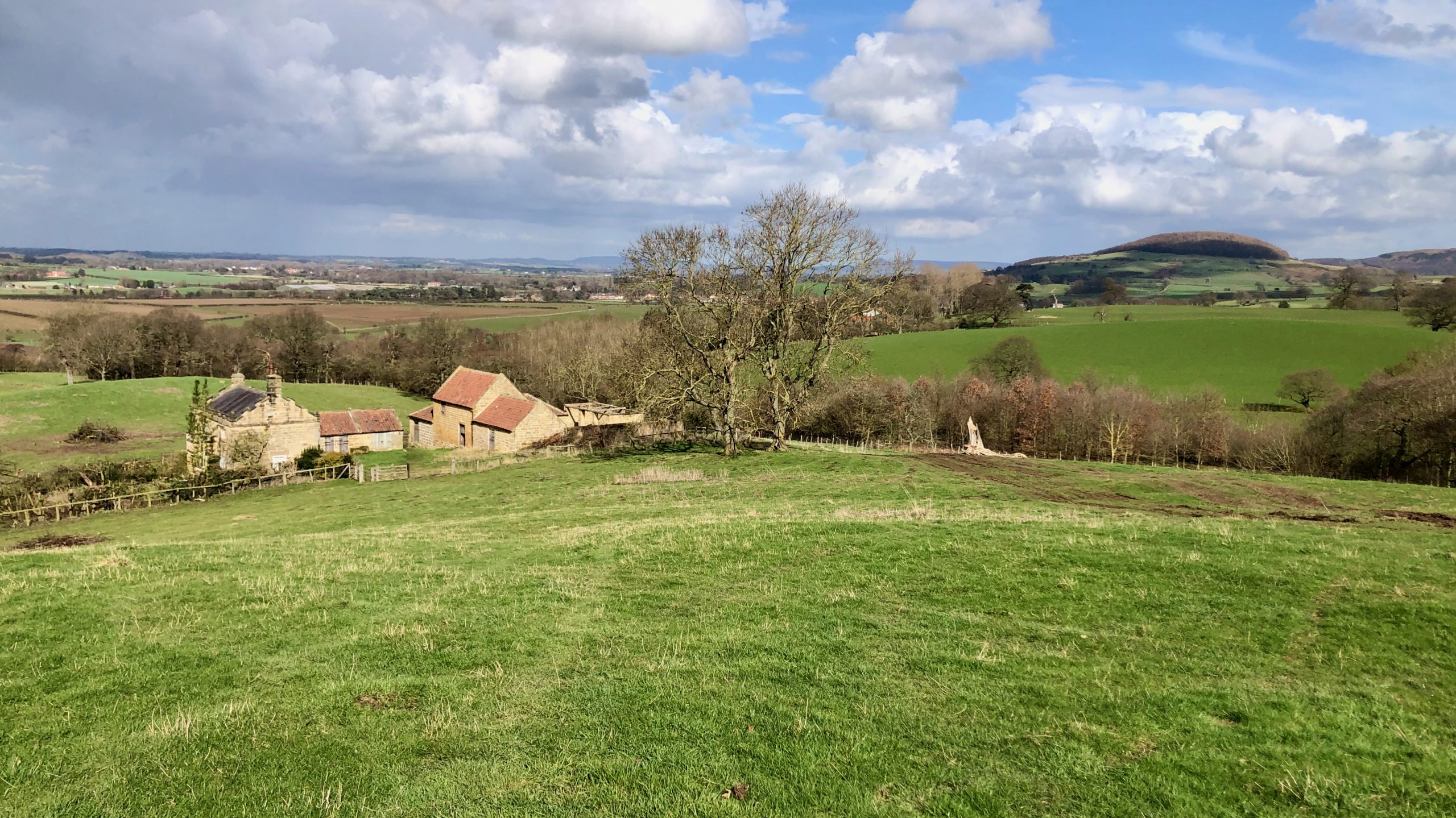
The Enigmatic Charm of Scarth Wood Farm — A Love Nest?
Scarth Wood, located above Ingleby Arncliffe, can be a perplexing place to navigate. The footpaths in the area are challenging to follow, which led us to take an unusual route down to Scarth Wood Farm. I have only passed through this farm a few times in the past. Scarth Wood Farm is an intriguing building.…
-
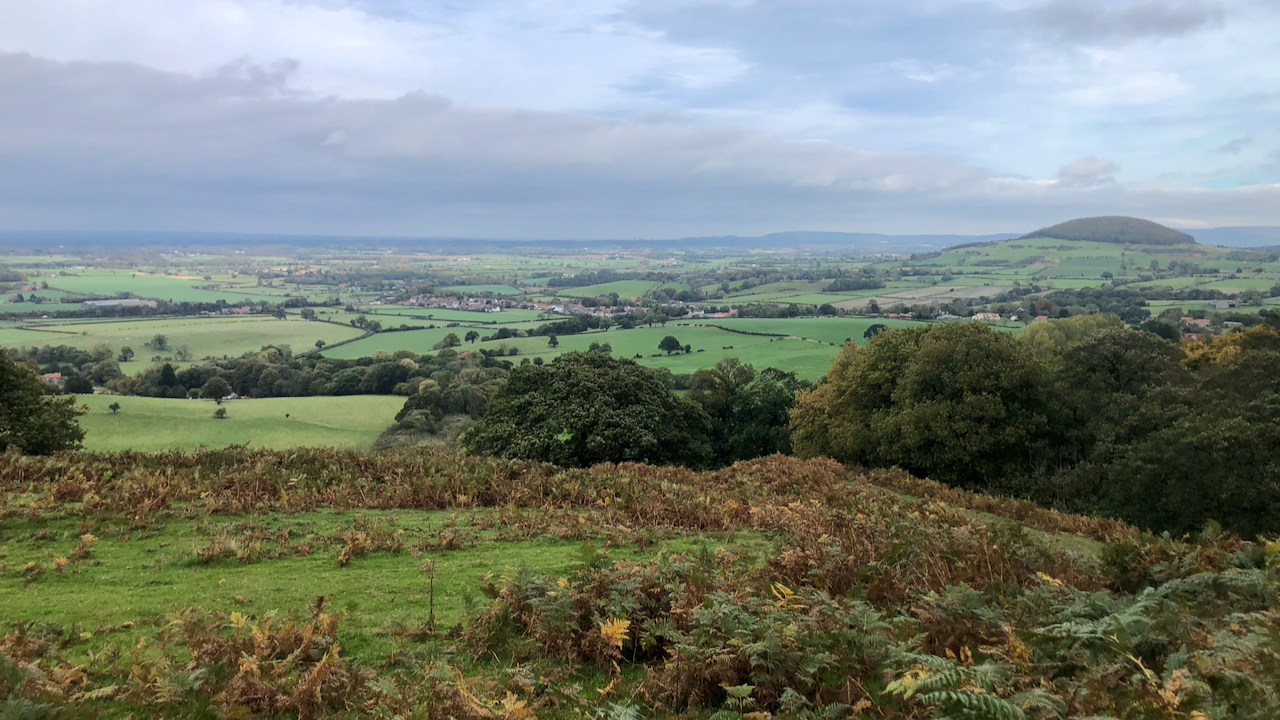
A view of Swainby from Scarth Nick …
… but the point of interest is not the village of Swainby, nor the wooded Whorl Hill on the far right. It is the field visible in the between the gap in the treeline on the left. Or more specifically the isolated tree in that field. It is around about here that a stone coffin…
-
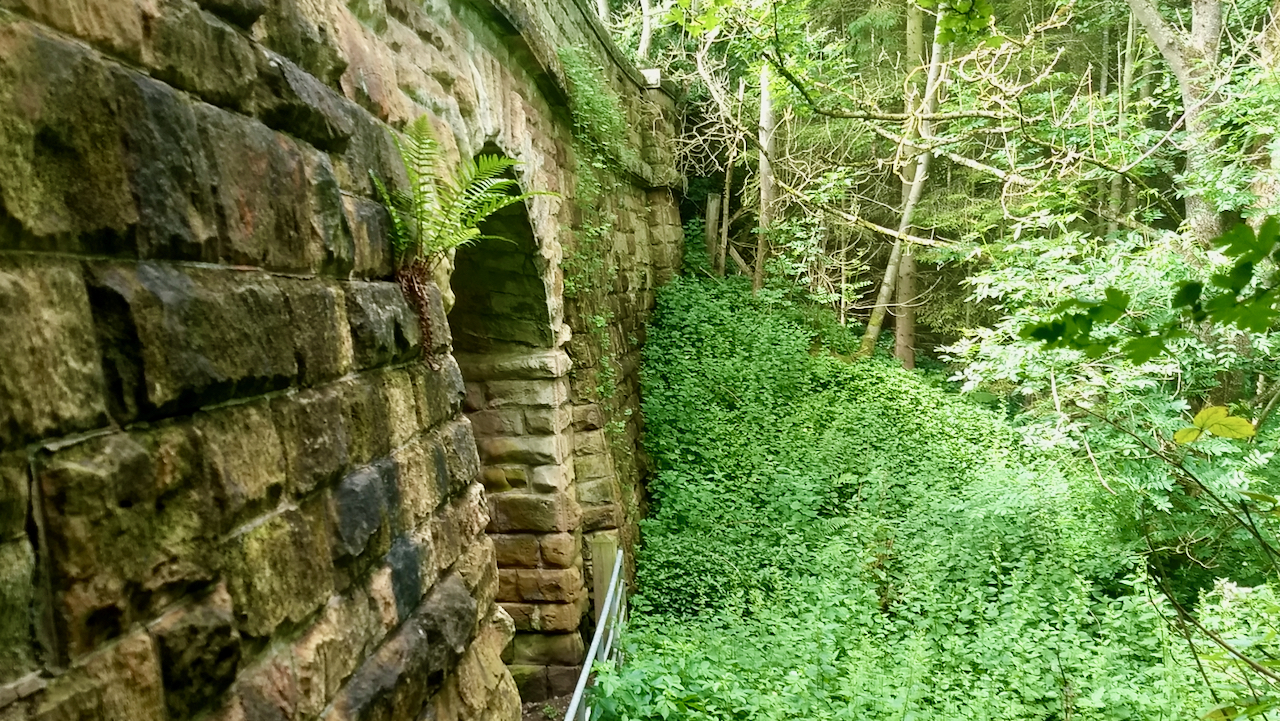
Old railway bridge at Swainby Ellers
The fern that has found a home on the stonework of this old railway bridge first caught my eye. Now I could confidently write it’s a Lady Fern but that would be just a sheer guess. Ferns are notoriously difficult to identify, and it would take some climbing ability for a closer look. An ability…
-
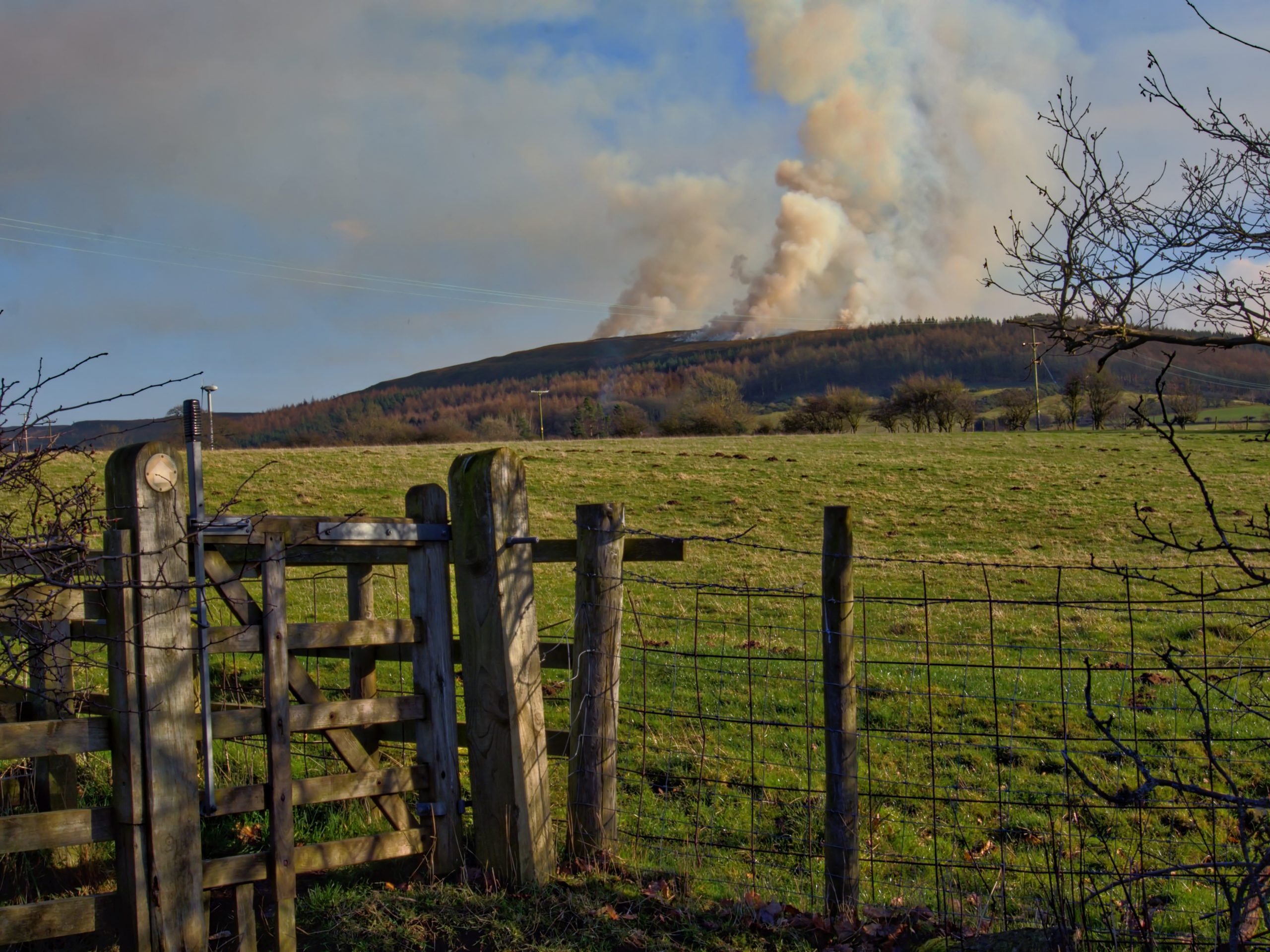
Glorious winter sunshine
Today nature was in her calmer moods with snowdrops covering the woodland floor, the sun shining under a cloudless blue sky, giving a primaveral feel to the winter’s day. With the passing of high noon, basking in the warmth, the ‘keepers burning the heather try to hide the sun and raise the temperature still. Every…
-
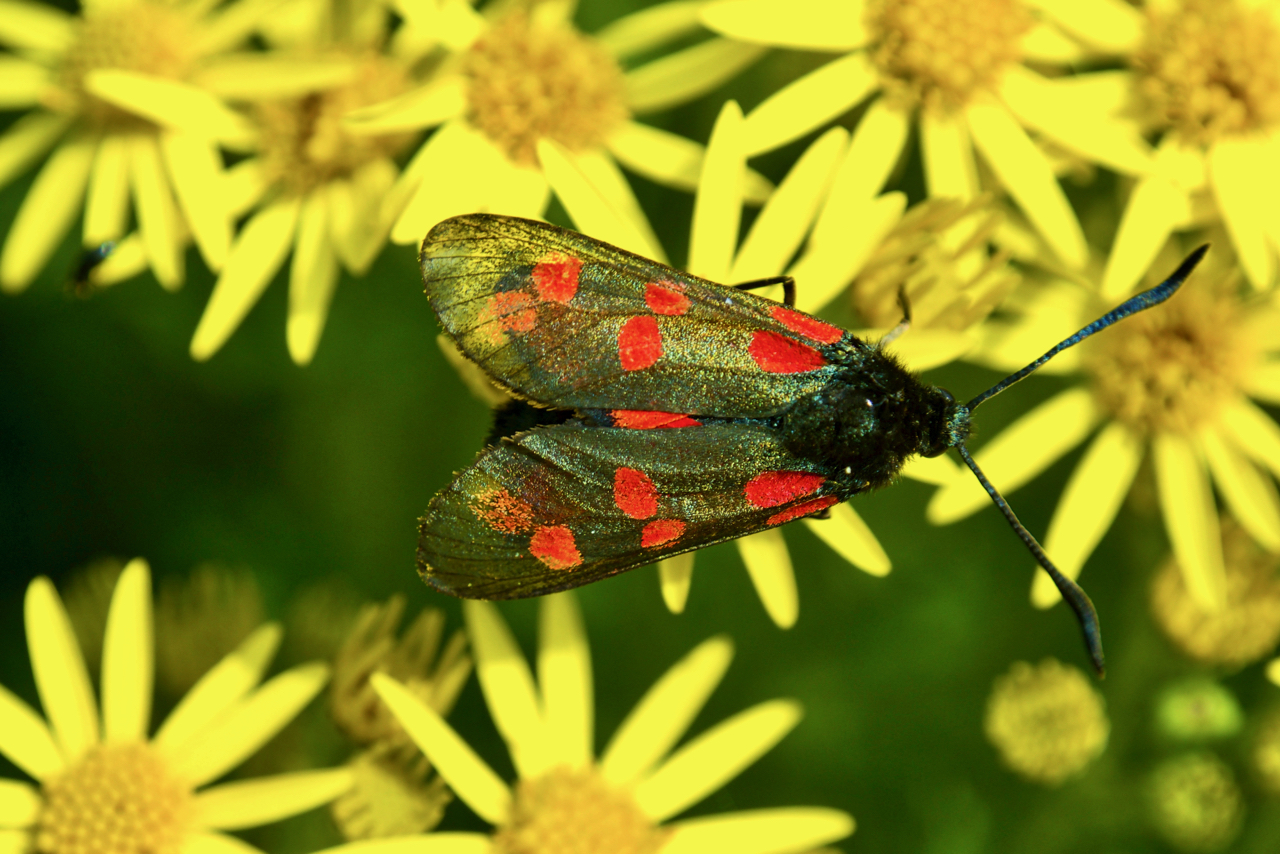
Five-spot Burnet moth
A fairly common but striking moth, photographed here on Stinking Willie or the Common Ragwort. Common Ragwort is one of Britain’s much-maligned wildflowers. Supposedly toxic to horses and cattle but the plant is generally ignored by grazing animals. The problem occurs when ragwort gets mixed in hay for winter feeding. On the other hand, ragwort…
-
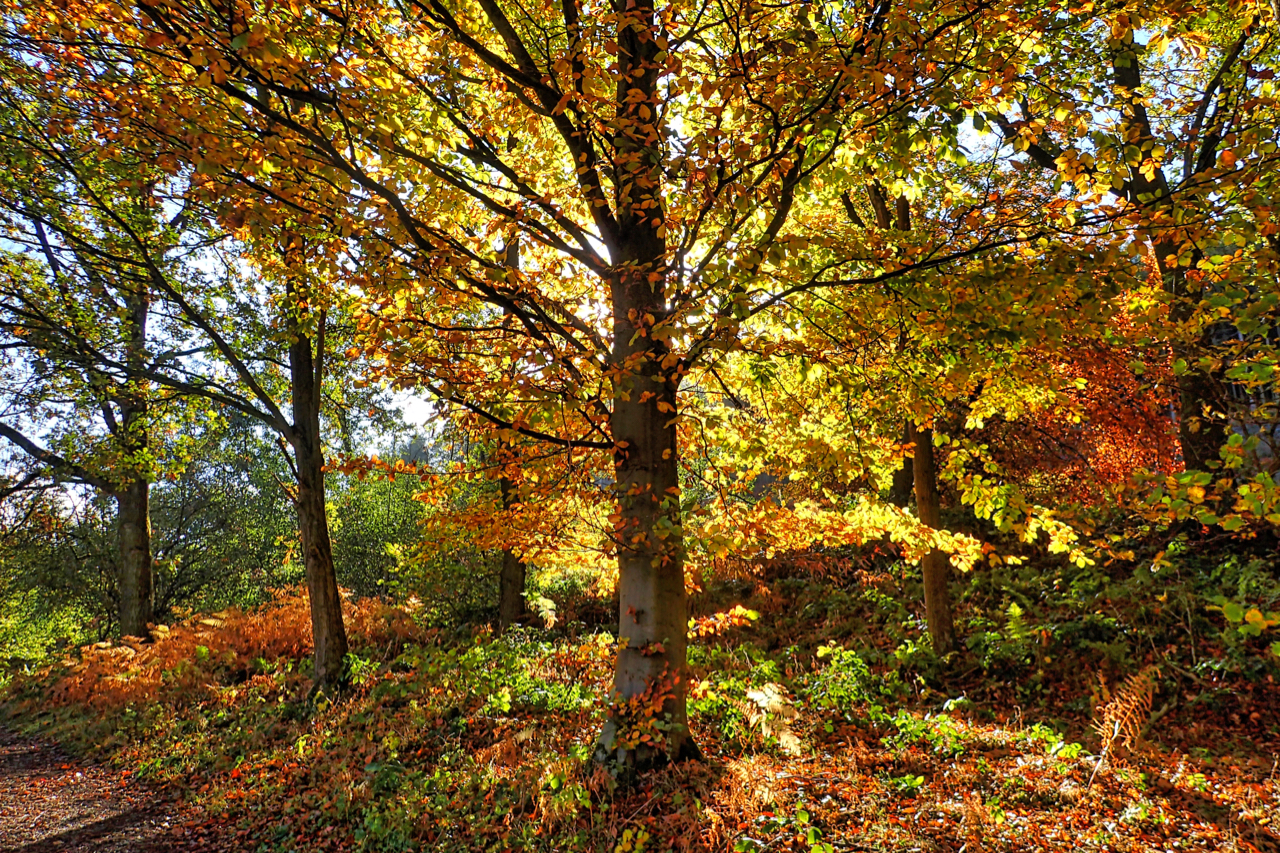
Clain Wood
You don’t see that many hangers of beech in North Yorkshire, its soils are too clayey. They don’t like getting their feet wet preferring dry alkaline soils like the chalk hills of Southern England. In the north, beech is considered a non-native species. The Cleveland Way and Coast to Coast footpaths go through this little…
-
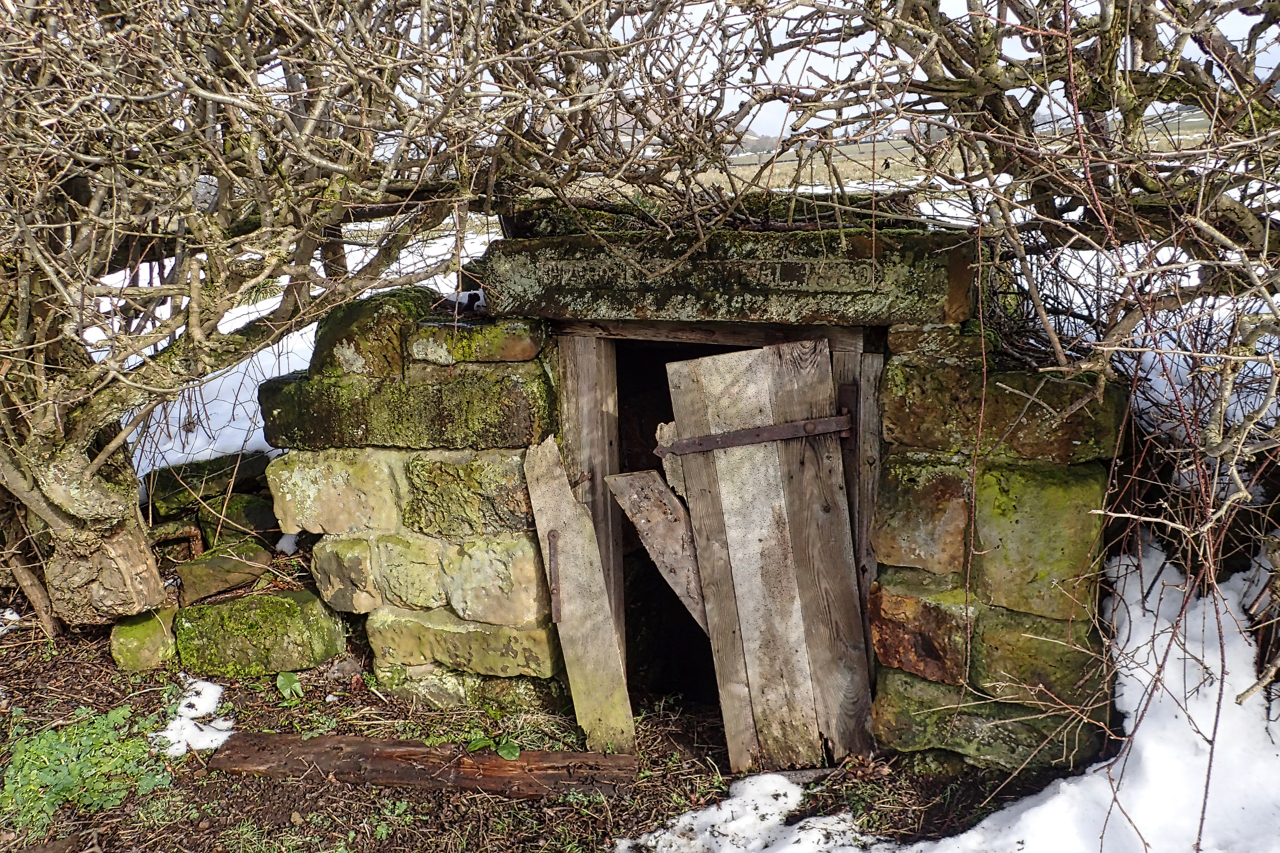
Harpley’s Well
Came across this peculiar sandstone structure while running through Heathwaite on the way back to Swainby. The lintel over the dilapidated door is carved “Harpley’s Well 1880”. Opposite Harpley House on Holgate Lane. It seems such a shame that the well has been neglected. I have no idea who Harpley was. Open Space Web-Map builder…
-
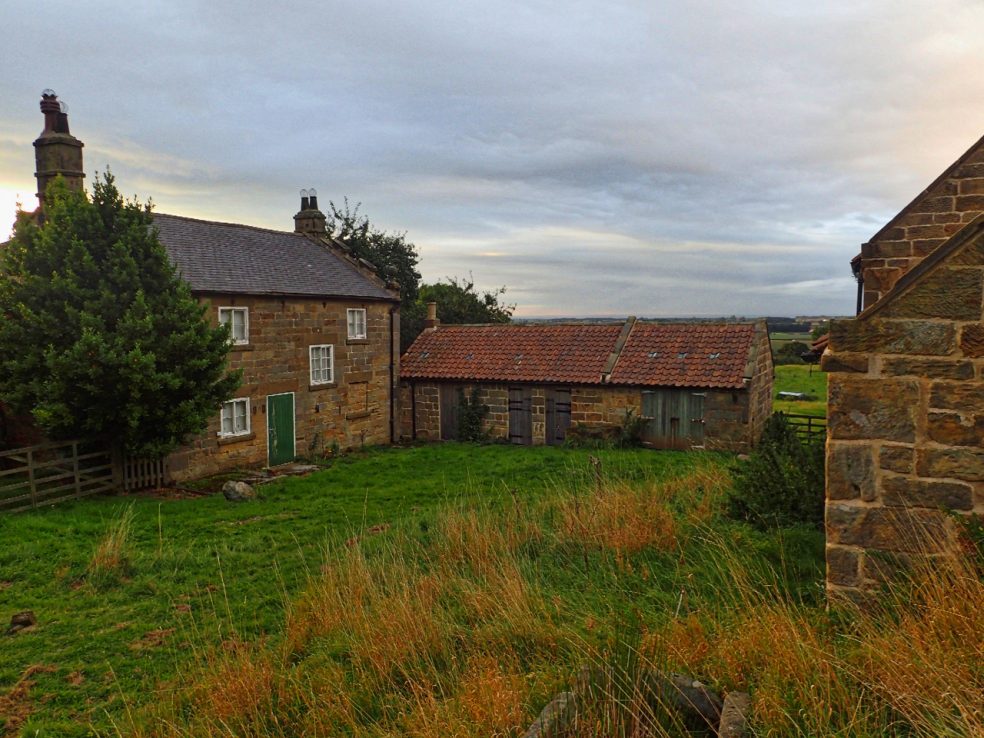
Scarth Wood Farm
An intriguing building. Named on the modern map, as well as the Ordnance Survey Six Inch 1854 edition, as a farm but I can’t help thinking there is more to it than just a common or garden farmhouse. It is roofed with Welsh slate, a relatively expensive material, compare with the pantile roof of the outbuildings in…